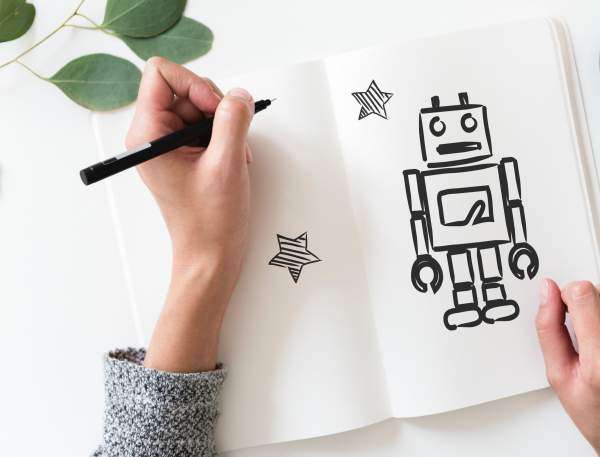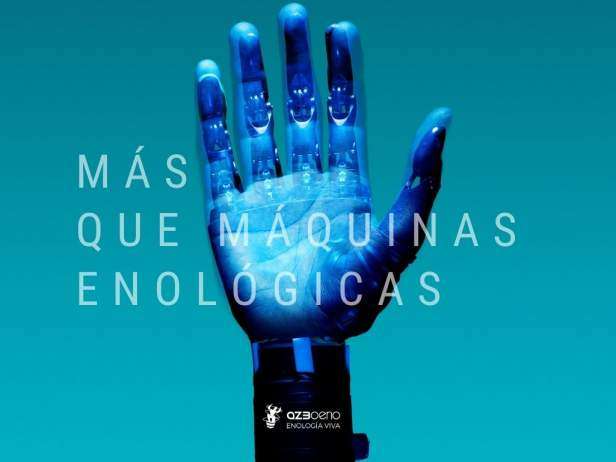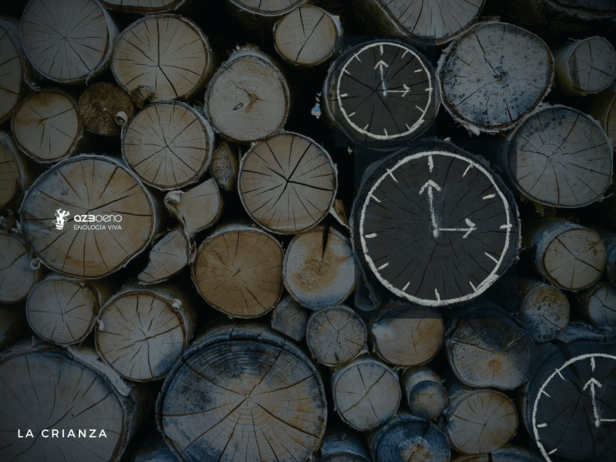
The new generations were born in the digital age and the not-so-new ones are immersing themselves in it in leaps and bounds.
Technological innovations break into our daily lives and in a short time become part of our routine. Apps such as WhatsApp, or Spotify, facial and sound recognition software, virtual assistants, drones, countless new sensors, etc., all of them arrive and become part of our lives to complement and facilitate our tasks.
New technologies make it possible to relate and analyze massive amounts of data, the famous Big Data, in record time. These analyzes conveniently treated by increasingly complex algorithms lead to what we call Artificial Intelligence (AI), which is nothing more than the learning capacity of software, either through data obtained from external sources or generated in your daily work.
For practical purposes, AI translates, for example, into software capable of making complex and reasoned decisions, or into automation and robots capable of performing more and more functions. And the most important thing is that every day they learn from their successes and mistakes.
Sectors such as technology, finance, healthcare, logistics or education are the pioneers in integrating these new tools, but the wine sector is not far behind and is beginning to introduce them.
The help that these systems provide in terms of decision-making, planning and continuous learning, is very valuable for winegrowers and enologists; they are tools that will provide us with safety, versatility, speed and efficiency to reach our target wine.
There are already numerous examples of these applications in the wine sector. Drones already travel through vineyards around the world and inform us of vigor, the presence of pests, nutritional deficiencies or photosynthetic capacity. Connected weather stations capture and transmit in real time the data that allow us to anticipate the evolution of maturation. Projects such as VineRobot aim to create a land vehcile equipped with sensors able to collect and transmit information on the status of the vineyard in real time Read more.
Big Data and Artificial Intelligence have already arrived and are present in our vineyards and wineries. Whether in the form of software, apps, automation, robots or virtual assistants, they will have numerous applications in viticulture:
- Accurately determine the potential of each plot to make it profitable, economical and organoleptically accurate.
- Measure and correct to obtain the vigor required in each plot.
- Manage the leaf surface area to reduce pyrazines.
- Determine in advance the vintage date for a maturity according to the target wine profile.
- Plan and optimize material and human resources in the winery.
- Master extraction depending on the style of wine.
- Pilot the critical parameters of alcoholic fermentation such as yeast population, nutrition and fermentation rate.
- Manage aging by mastering the contributions of wood and oxygen and parameterizing and controlling undesirable deviations.
- Understand and interpret the consumer with continuous feedback.
These are just some of the examples of what comes to mind.
Changes are always scary and, at the speed that these innovations are evolving, we might think that in a few years they will replace humans and that in the vineyard and wineries, no winegrowers, winemakers or enologists will be needed. Nothing is further from the truth; innovations, no matter how disruptive, always end up being positive if we welcome them with an open mind and are capable of integrating them and understanding and interpreting the new opportunities they offer us.
Artificial intelligence, robots and virtual assistants will not be our replacements but our complements. The key is to educate them and teach them to learn in a way that helps us to be more effective, to develop a living, more precise and sustainable viticulture and enology, simplifying planning, management and control tasks.
And thus, leave space in our minds and in our days to work on the creation and design of wines that we fall in love with.
Related news
More than winemaking machines
The winemaker is the artist who observes the vineyard, interprets it and imagines the wine that could be produced from this plot.
Was it the wood or the process?
Today, we are thinking about one of the most important stages of production: the aging of the wine.
How can you save money and preserve the fruit?
NURTURE, produce, feed and educate a living entity until its full development.


